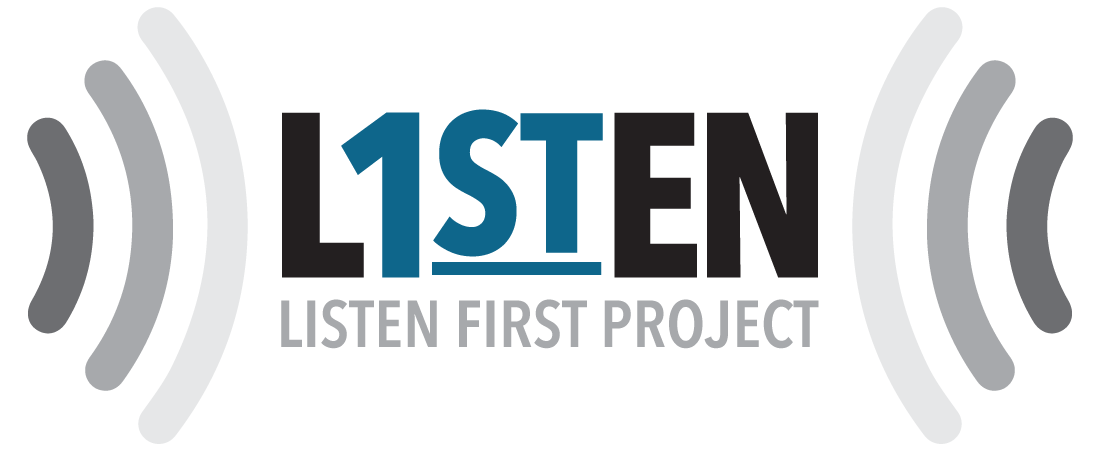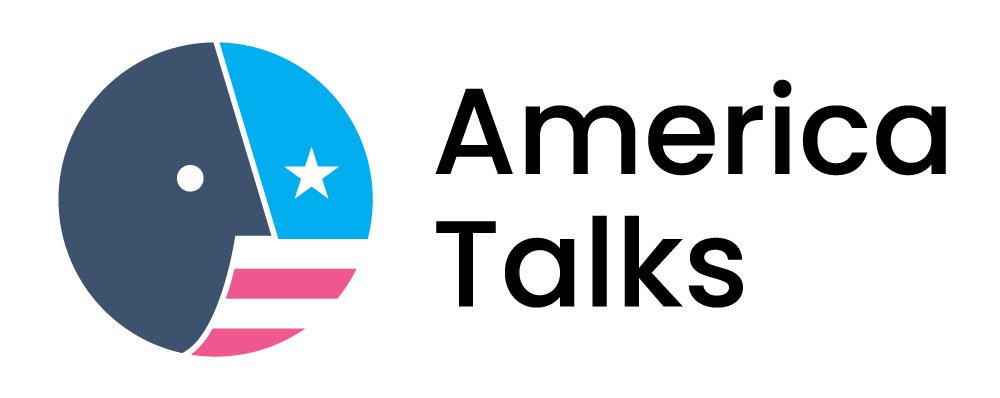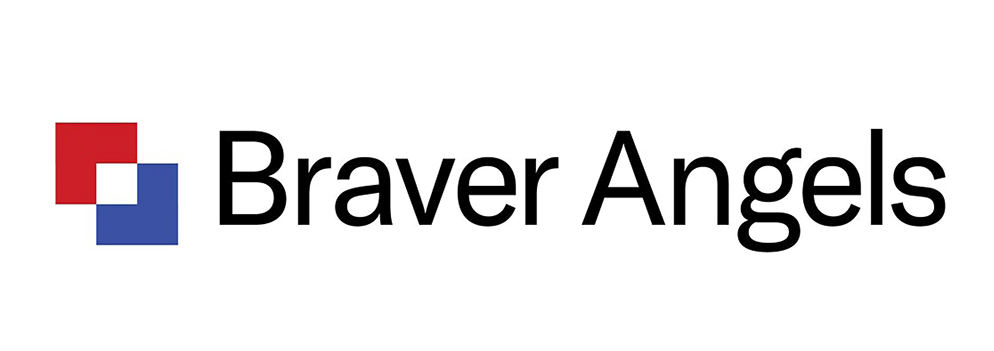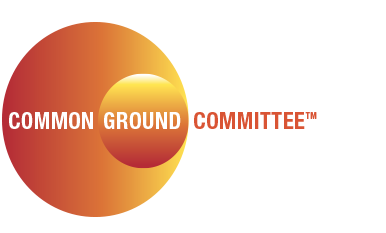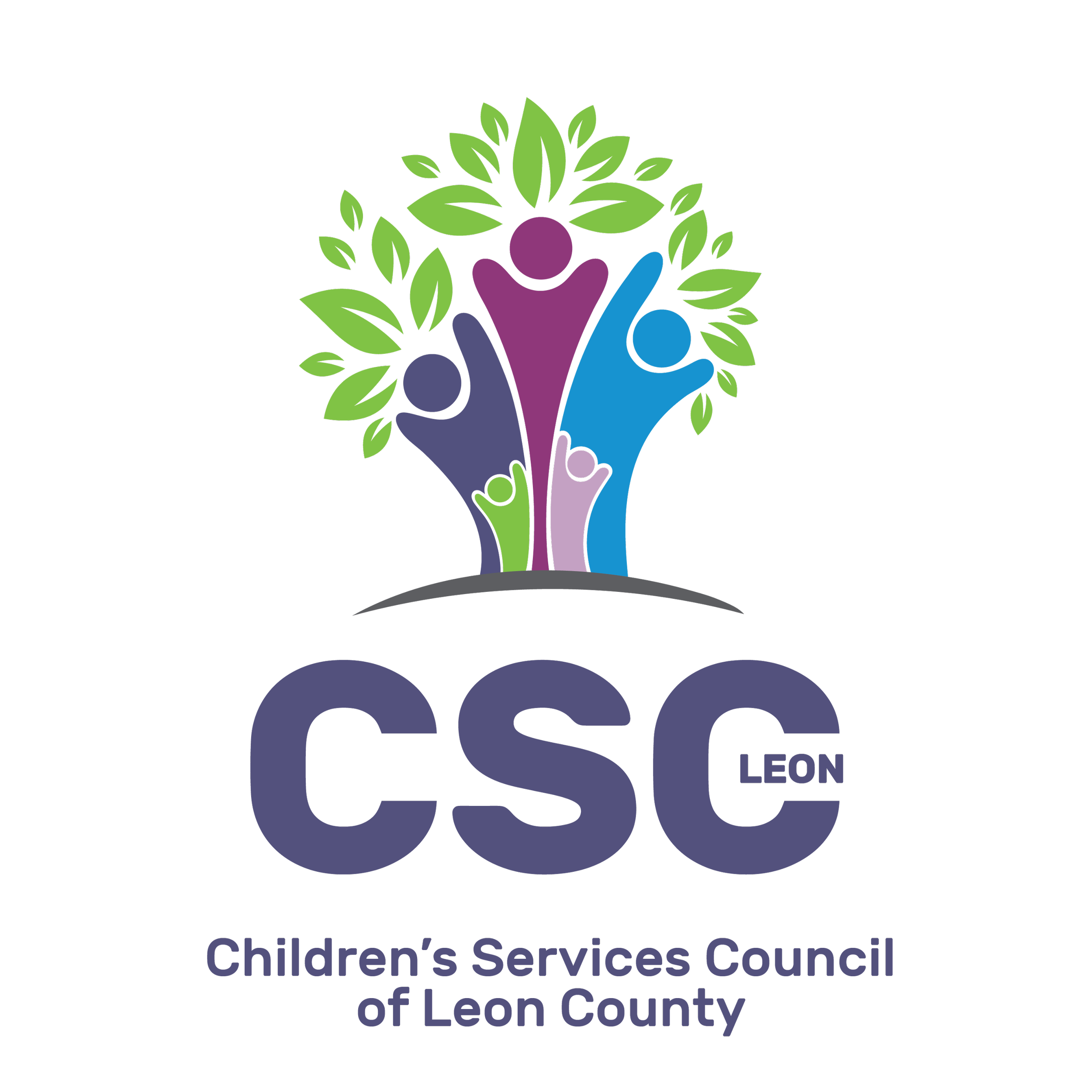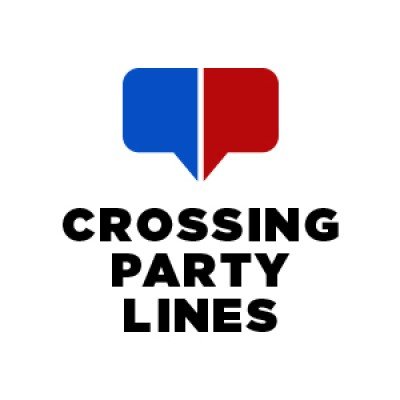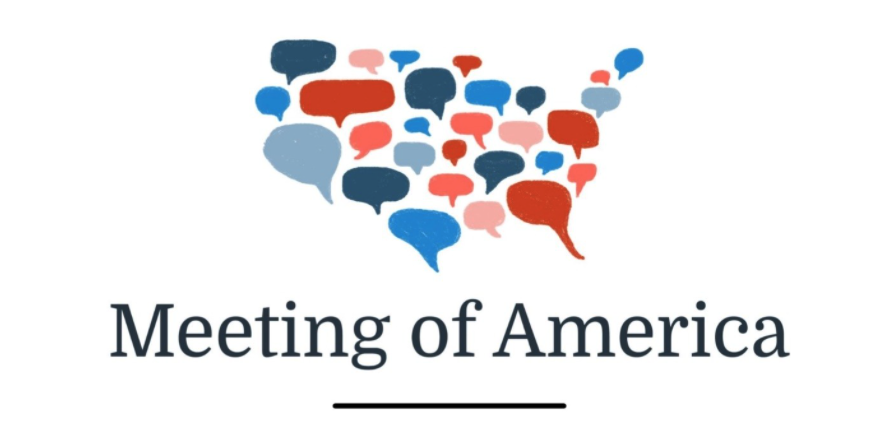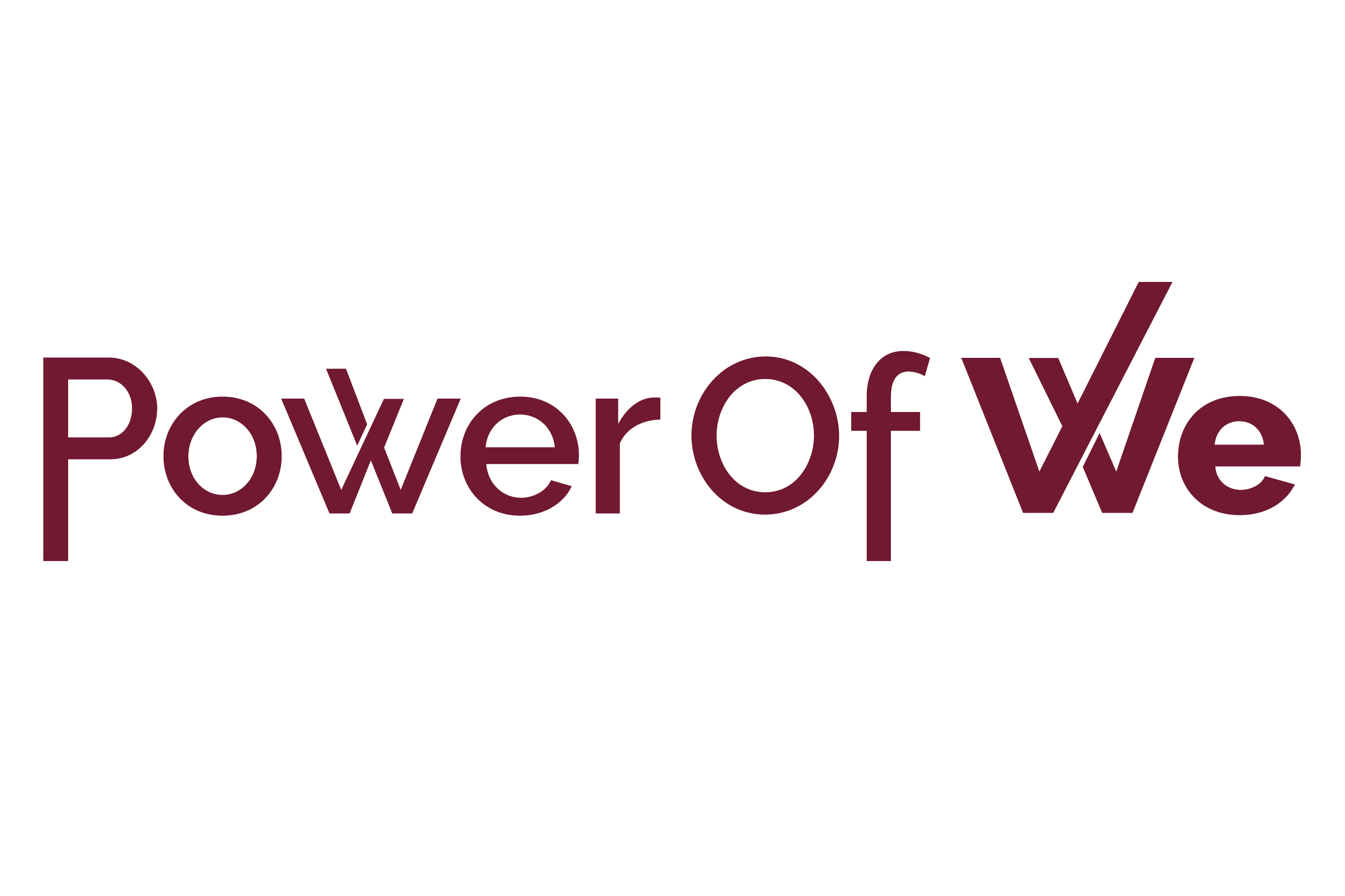Bridging Movement
Goals & Measures Program
Welcome to the Bridging Movement Measurement Hub. This is the home of the Social Cohesion Impact Measurement (SCIM) tool - a resource empowering bridging groups and other institutions to evaluate and measure the impact of their programs.
Whether complementing other evaluation measures your organization uses, or serving as a stand alone tool, SCIM can help you…
Tell the story of your work to your stakeholders.
Make data-informed programmatic choices.
Contribute to the enhancement of shared measurement tools.
Help show how the bridging movement is moving the needle toward social cohesion.
Message from field leader Liz Joyner (Founder and President of The Village Square) about how SCIM has advanced her work.
See below to learn more about the importance of measurement, how SCIM works, emerging insights, and other helpful resources.
Please email Measure@ListenFirstProject.org with any questions or feedback you have, and check out our FAQs section below.
“Why Measure Impact?”
Tell the story of your work to your stakeholders. Funders, board members, the press, volunteers, potential partners and others want to see the quantitative and qualitative impact of your work.
Make data-informed programmatic choices. You have a hunch that some element of your work creates impact but you can’t prove it. Measurement can help.
Contribute to the enhancement of shared measurement tools. By using the Social Cohesion Impact Measurement tool and giving feedback, you will inform updates to the tool and inform the creation of new tools to come.
Help show how the bridging movement is moving the needle. By adopting SCIM as your organization’s measurement tool, you will contribute to the narrative of how partners in the bridging movement are collectively making an impact toward shifting societal conditions. SCIM measures include affective polarization, empathy, respect and understanding, pluralistic norms, etc.
Overview of the SCIM Tool
SCIM (Social Cohesion Impact Measure). SCIM is a survey that you can give to participants before and after your event or program in order to assess the impact of your engagement on their attitudes related to different dimensions of social cohesion.
A Google form survey: the surveys are built in Google forms to make it easy and accessible for you to administer. We provide you a link for each survey (pre and post) and you share them with your participants. Pro-tip: the more the survey feels like part of the event, the more people will fill it out and the more you will learn!
Validated questions: the survey uses previously validated questions. That means there is no guessing at whether the results are academically rigorous.
Data visualization & immediate results: you - instantly - get charts and graphs that show your results.
Flexible to your needs: you select which survey questions, among a menu of choices, best match your goals and can tailor the survey with additional questions relevant to your work.
Development of SCIM
SCIM's survey items are selected through a process in which our team first assesses the outcomes that matter to bridgers, and then identifies, adapts and pre-tests appropriate measures drawn from social science. After its initial development in 2021, the set of SCIM questions was updated in 2023 to include additional items that measure bridging skills and norms.
Civic Health Project
Emerging Insights & Additional Resources
Learn more about the latest insights, hypotheses, and evidence based practices related to bridging.
Civic Health Project & Listen First Project
Frequently Asked Questions
What if my program isn’t just about political differences but other differences, too? That’s great! You can choose a different dimension than political differences on which to measure (e.g., race, religion). There are also questions you can choose from that don't reference political groups at all, but speak more broadly about bridging differences. Here’s a look at all of the questions.
Will it hurt my event to remind people of their differences with survey questions at the start? No! We consistently see the dial move on polarization when the pre and post survey is used.
What if my results aren’t “good”? No one will attribute your results without your permission. And you will gain valuable insights as to how to improve the impact of your programs.
Who developed SCIM? This SCIM Resource Hub is provided by the Goals and Measures Program of the Bridging Movement Alignment Council (BMAC). BMAC is a peer-led community of ~100 top bridging leaders - practitioners and researchers from individual organizations - who are committed to working together to achieve greater impact collectively. Leaders of individual organizations invest their time and talent in BMAC Working Groups, including the Goals & Measures Working Group which developed this Program.
What organizations are currently using SCIM? See below for our list of current SCIM users.
“At The Village Square we’ve been doing pre and post assessments of the impact of our programming for at least a decade. SCIM is the most powerful evaluation tool we’ve ever used.
After the initial set-up of the digital surveys, gathering data is simple because it’s built on Google Forms, so it can easily be used for additional questions we have to ask, as non-SCIM questions are easily edited by our staff from event to event. But the most exciting thing about SCIM for practitioners is that there’s no waiting around for a busy data scientist to analyze results—we can immediately see the impact along our chosen variables after the event is over. We can understand each event individually and see variability of results associated with different approaches we take.
Another powerful tool SCIM provides is that we can specifically study key variables we identify across events, and we can change what we study over time. Right now we’ve chosen to analyze in-person vs. digital impact—the comparison is immediately available via a dropdown menu. We could easily study as many other variables and models as we can imagine. We could analyze whether we get better results doing a panel discussion or table conversation, daytime or nighttime event, which of our 4 series streams have the greatest impact—we could study whether events on Friday are more impactful than events on Tuesday! SCIM makes it possible for us to continuously test hypotheses about how to increase impact, study whether our hypotheses were correct and iterate our approach based on results—then study the new approach!
At a time when we’re working together on creating change that is a massive and generational job, a broad adoption of SCIM across the bridge building field and bridging-adjacent civil society organizations will make it possible for us to quickly zero-in together on what works and what doesn’t—then accelerate progress toward better social cohesion quickly. Given the threats to our democratic future, this kind of speedy iterative learning across multiple approaches isn’t just desirable, it’s imperative.
”
